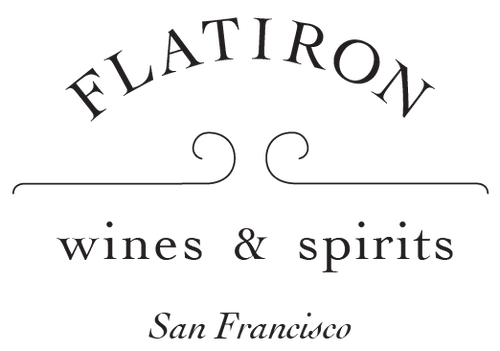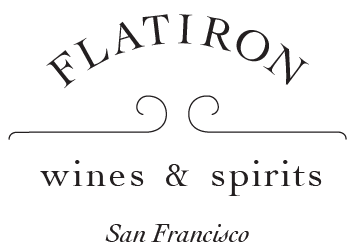Since 1619, Champagne R. H. Coutier has been farming in the Grand Cru village of Ambonnay, one of the top wine-producing villages in the Montagne de Reims. You may recognize some of the champagnes made from the likes of Bereche, Marie-Noelle Ledru, and of course Krug’s famous single plot, Clos d’Ambonnay. While Ambonnay is generally regarded as Pinot country, Coutier’s vineyards are planted with one-third Chardonnay and two-thirds Pinot Noir. In fact, in 1946 René Coutier’s father was the first vigneron to plant Chardonnay in the village, which has done well over the ensuing decades and now is as highly regarded as the Pinot Noir from Ambonnay. The vineyards on the Montagne de Reims have a south by southeast facing exposure to provide a warmer microclimate for France’s coldest and most northern winegrowing region. A higher ratio of clay to the chalky limestone subsoils lends an added roundness to the wines produced here. Their house style marries the richness of the village’s Pinot Noir with the pure, racy crispness of its Chardonnay, a match made in heaven. The Coutiers farm nine hectares sustainably, but keep their production small and focused, selling off 80% of their fruit to the local cooperative and keeping the best fruit to bottle 2000 cases under their own label. In the winery, whole clusters are pressed with their stems to act as a natural filter for clarity. No barrel fermentation and low dosage on all of the wines offered today an elegant precision to balance the richness of fruit. Typically only half of the wines go through malolactic fermentation to preserve freshness and acidity, but this is also dependent on the vintage. The sign of a great winemaker is always the ability to adapt to whatever nature throws at you.
Professional Reviews
Robert Parker
Details
-
Grape Variety
-
Vintage
NV
-
Size
1.5L
-
Farming Practice
Sustainable
-
Style
Aromatic , Fruity , Minerally
-
Sweetness
Champagne Brut , Dry
-
Body
Medium Bodied


